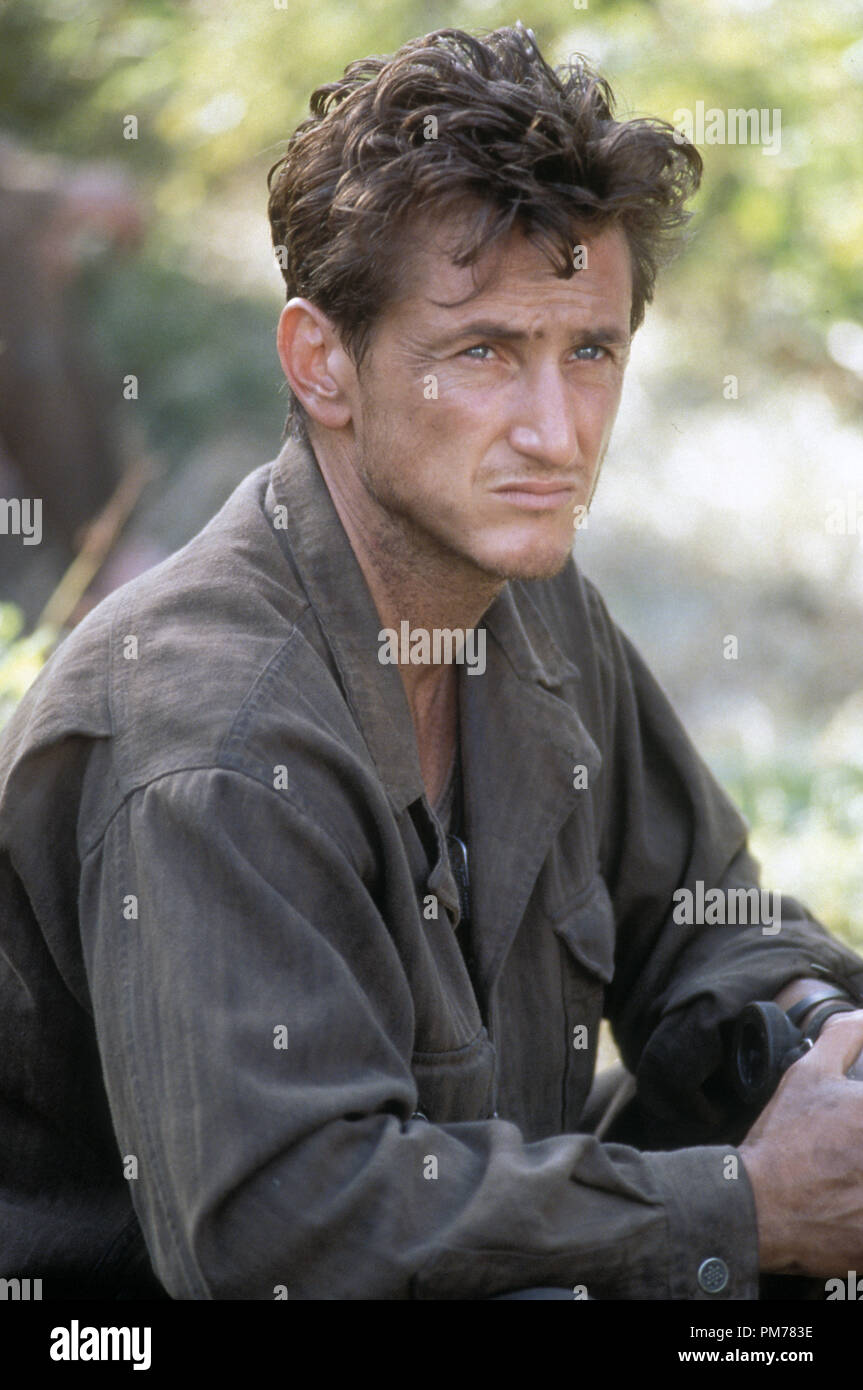

Not only that, but even though it is not as bloody as ".Ryan," I found myself much more enthralled with this picture, particularly in its reflective storytelling techniques and seemingly more realistic overall depiction of war. "The Thin Red Line," on the other hand, plays like a lyrical poem, much more meditative and thought-provoking in its ideas and treatment. While "Saving Private Ryan" contained graphic battle scenes, the film itself was undoubtedly more mainsteam and accessible for regular audiences, due to its neatly written characters and story, as well as the occasionally oversentimental emotions (after the success of "Patch Adams," I have realized how much most Americans love corny, melodramatic situations).

The ship is headed for Guadalcanal, and soon we are placed directly in the middle of the infamous battle, where the soldiers alternate through voice narration in pondering some of their deepest thought about their lives and human nature, in general.ĭue to the timing of the film, comparisons are inevitable between "The Thin Red Line" and last summer's "Saving Private Ryan," although they are actually quite different in style. Eventually, this peaceful tranquility is interrupted with an oncoming war ship, and we discover that the man is actually the AWOL soldier, Private Witt, who is being picked up by his gruff commanding officer, Lieutenant Colonel Tall (Nick Nolte), and Sergeant Welsh (Sean Penn). As I watched this striking prologue, the film really was able to fill me with a strange feeling of inner peace, especially in a small, moving scene where he has a warm conversation with one of the female natives who is holding her tired, young child.

In a surprising turn from a regular movie set during a war which usually begins in the depths of a battle, "The Thin Red Line" starts out with an unidentified man (Jim Caviezal) gently walking around and observing a Melanesian village, where the natives all appear to be in a state of deep harmony. His first film in twenty years, "The Thin Red Line," set during World War II, is like no other war picture I have ever seen one of extraordinary beauty that goes beyond the norm of simply setting up characters and battles (even those the film does have these) and into a plain of astonishing metaphysics. The market share is converted into a weekly sales estimate based on industry reports on the overall size of the market, including reports published in Media Play News.įor example, if our weekly retail survey estimates that a particular title sold 1% of all units that week, and the industry reports sales of 1,500,000 units in total, we will estimate 15,000 units were sold of that title.Terrence Malick, widely regarded as one of the most visually stunning film directors of all time, made two films in the '70s, "Badlands" and "Days of Heaven," respectively, and then completely vanished for many years. Our DVD and Blu-ray sales estimates are based on weekly retail surveys, which we use to build a weekly market share estimate for each title we are tracking. The bold credits above the line are the "above-the-line" credits, the other the "below-the-line" credits. Production and Technical Credits Terrence Malick World War II, War, War Drama, 1940s, AWOLįor a description of the different acting role types we use to categorize acting perfomances, see our Glossary. R for realistic war violence and language November 2nd, 1999 by Fox Home Entertainment See the Box Office tab (Domestic) and International tab (International and Worldwide) for more Cumulative Box Office Records.ĭecember 23rd, 1998 (Wide) by 20th Century Foxįebruary 25th, 1999 (Wide) ( New Zealand) All Time Domestic Box Office (Rank 2,401-2,500)Īll Time International Box Office (Rank 1,501-1,600)Īll Time Worldwide Box Office (Rank 1,701-1,800)Īll Time Domestic Box Office for R Movies (Rank 701-800)Īll Time International Box Office for R Movies (Rank 301-400)Īll Time Worldwide Box Office for R Movies (Rank 401-500)


 0 kommentar(er)
0 kommentar(er)
